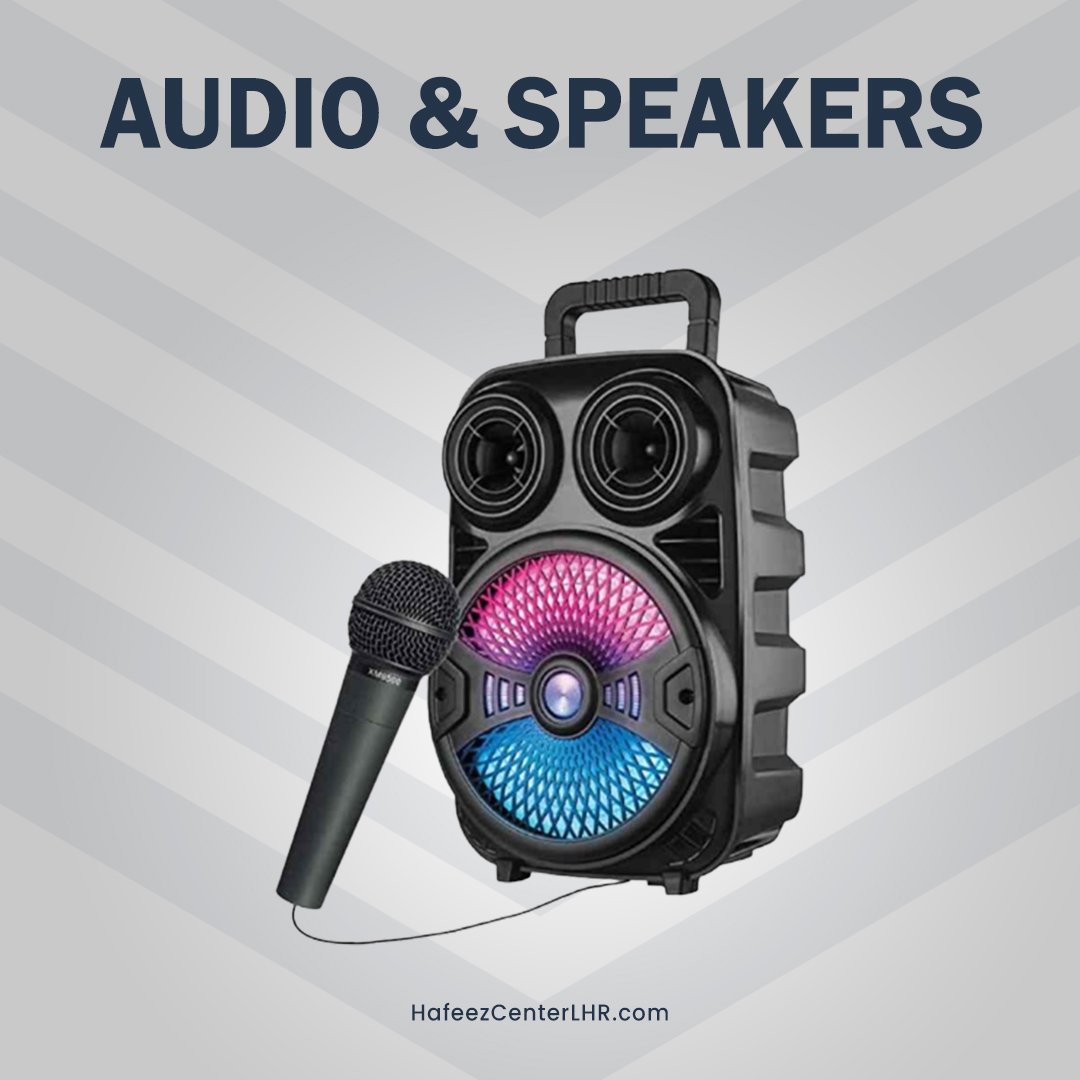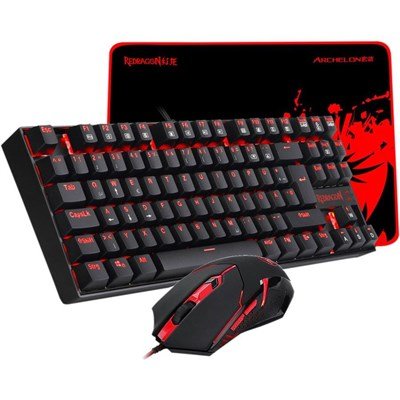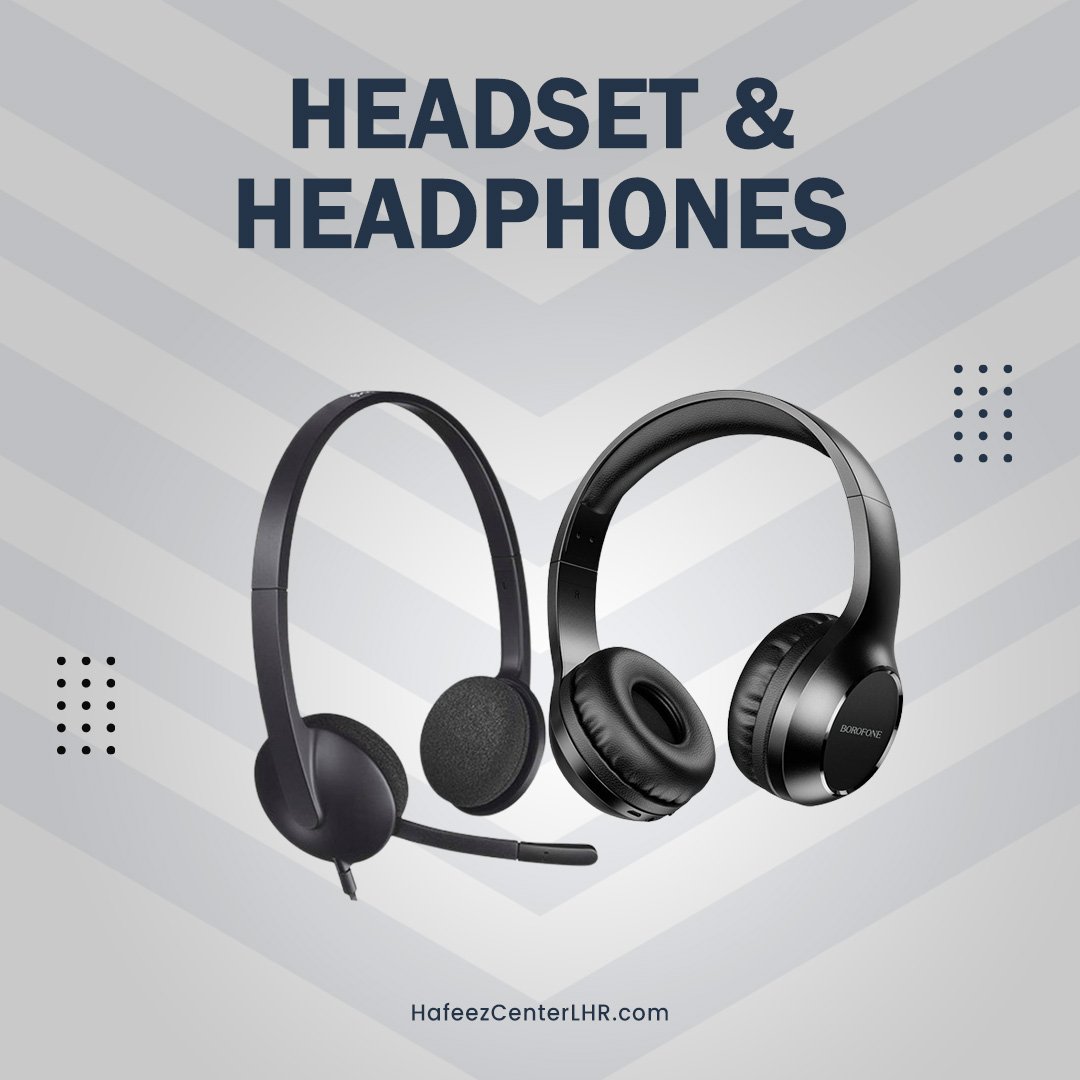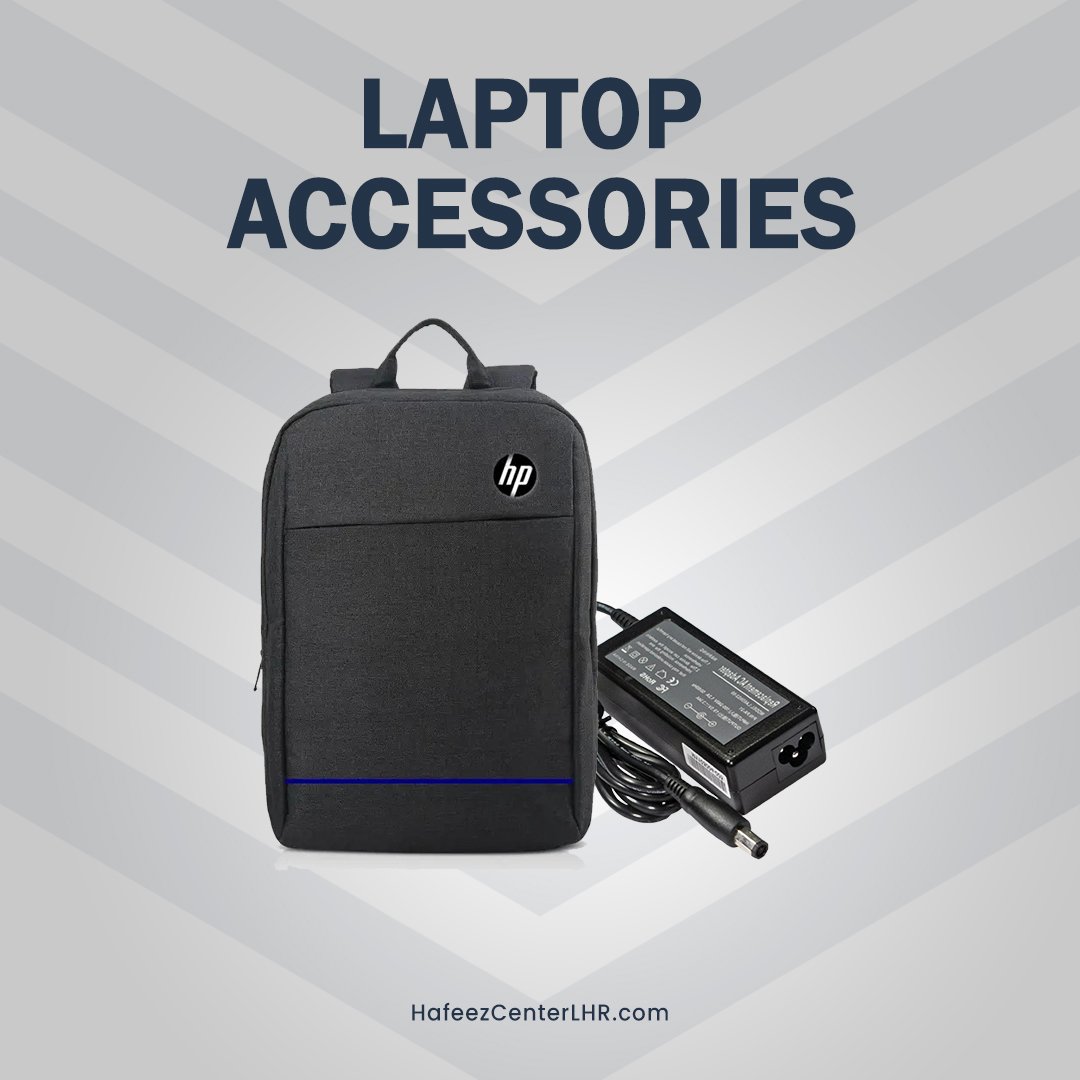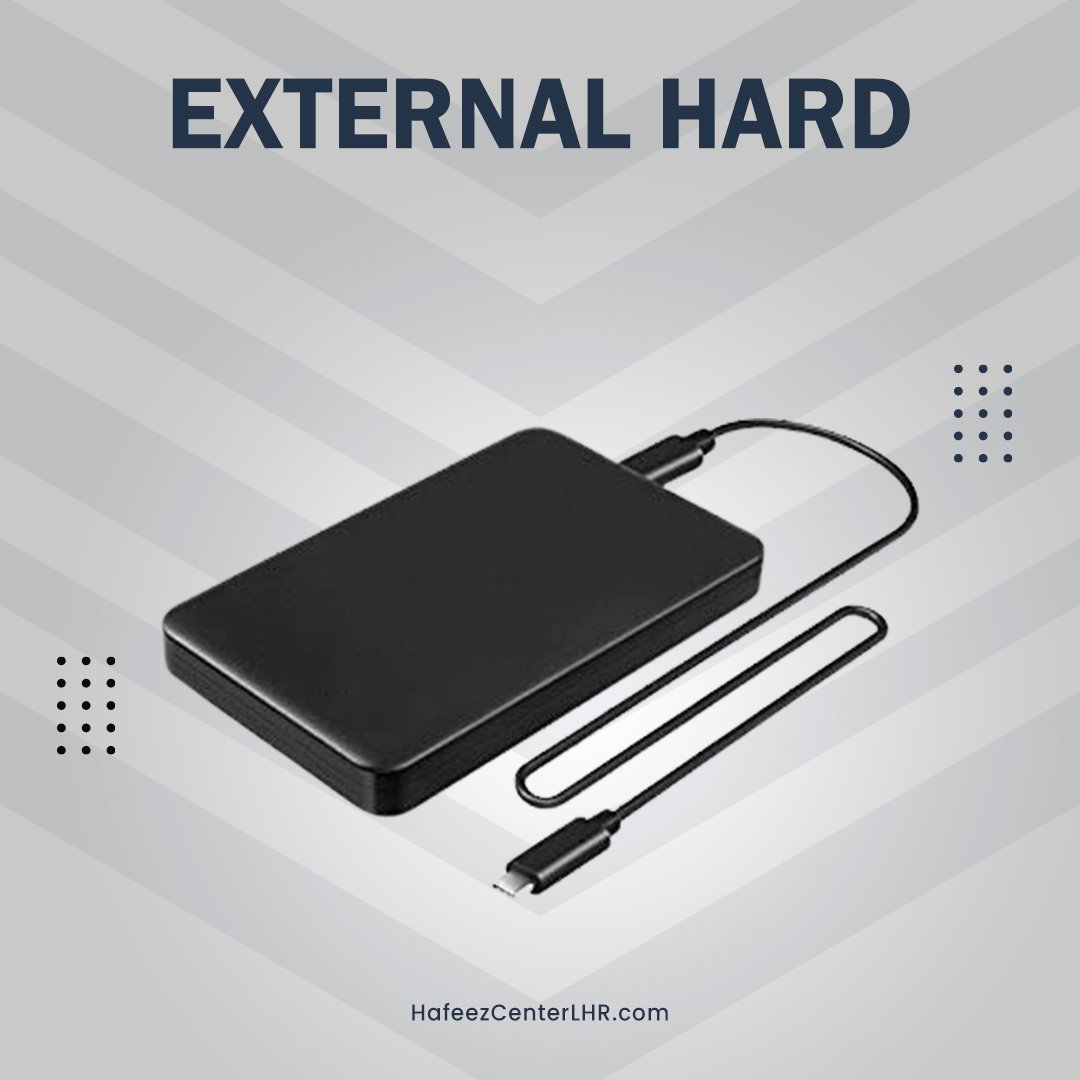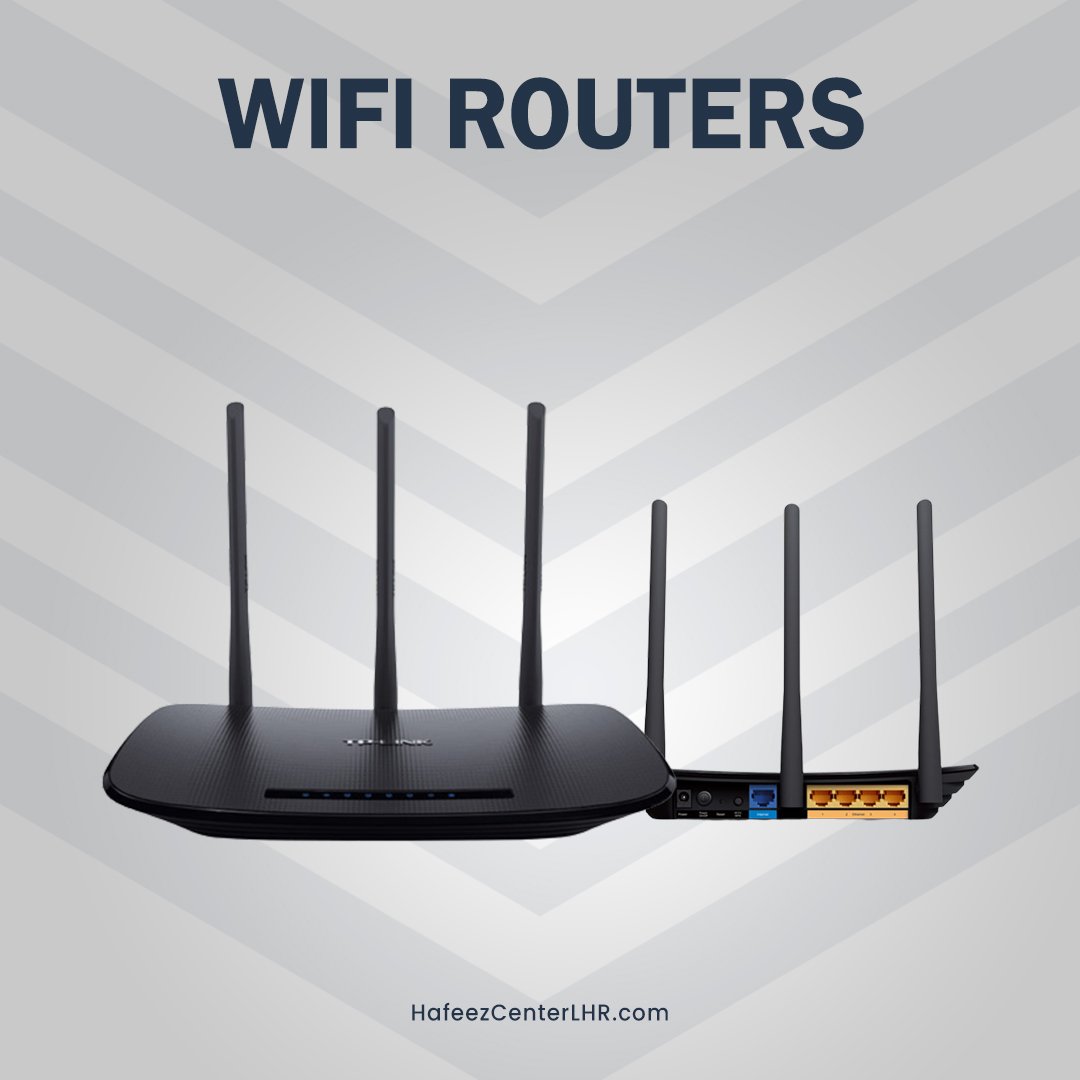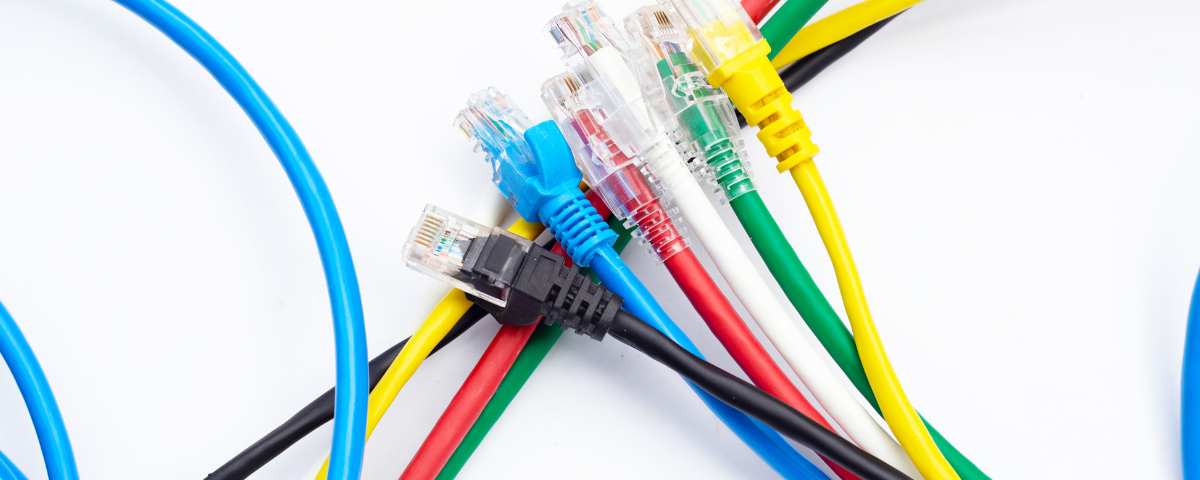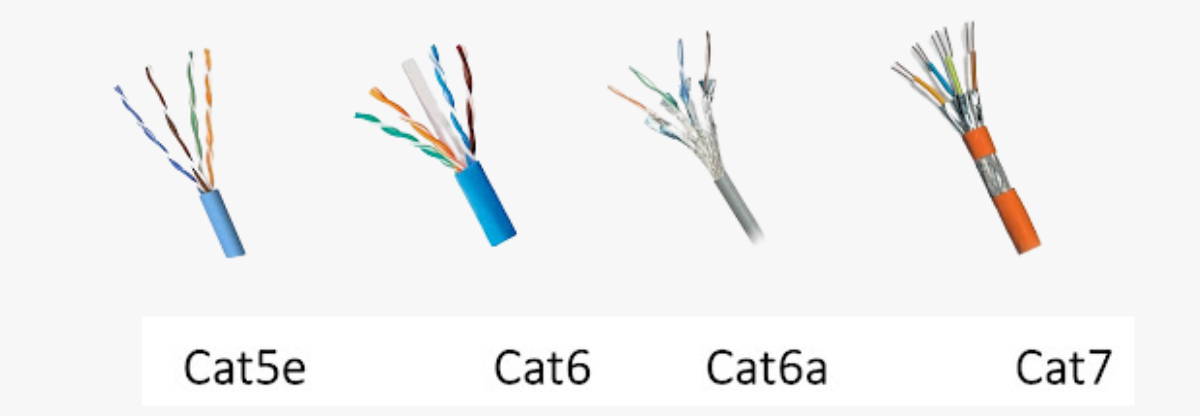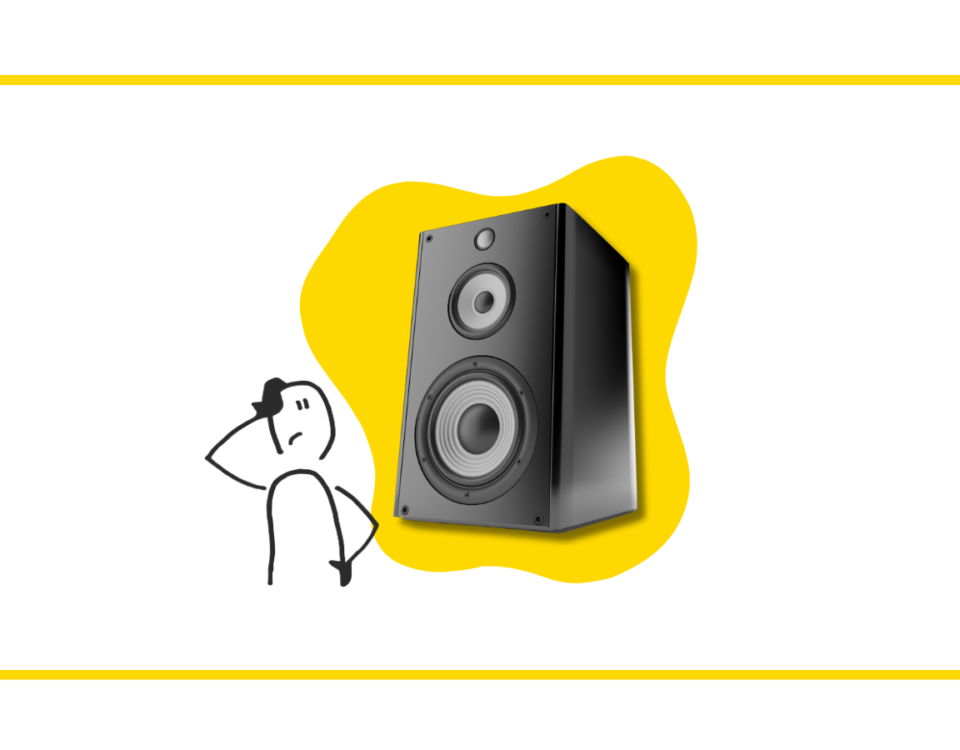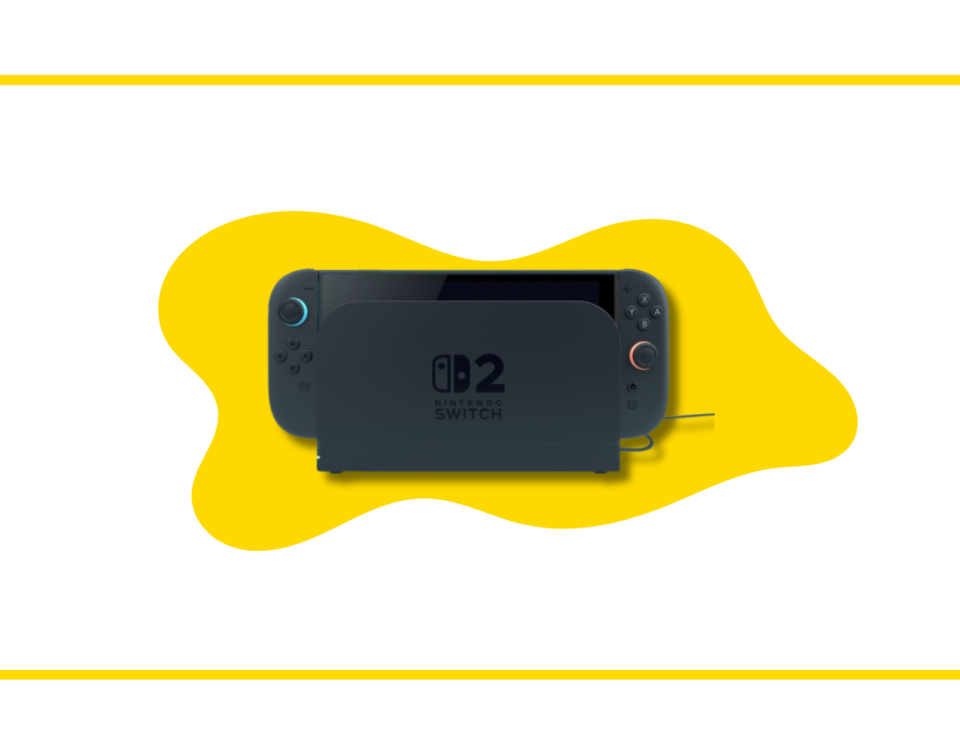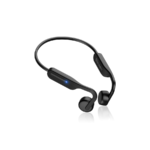
What Are Bone Conduction Headphones and How Do They Work?
November 13, 2024
Where to Buy the Best 1TB SSD in Pakistan at Competitive Prices
November 18, 2024When setting up a wired network at home or in the office, choosing the right networking cables can make a big difference in your internet speed and connection quality. But with so many different cables, one common and widely used is the Ethernet cable. In this blog, we will explain the various Ethernet cable categories, helping you decide which one suits your requirements.
What is an Ethernet Cable?
Before diving into the categories, let’s quickly review what an Ethernet cable is. An Ethernet cable also known as network cable, LAN cable, or RJ45 cable, is a physical cable used to connect devices like computers, routers, and switches in a local network. It transfers data quickly and reliably between devices. LAN cables use copper wires to carry signals, and factors such as speed, distance, and shielding affect their performance.
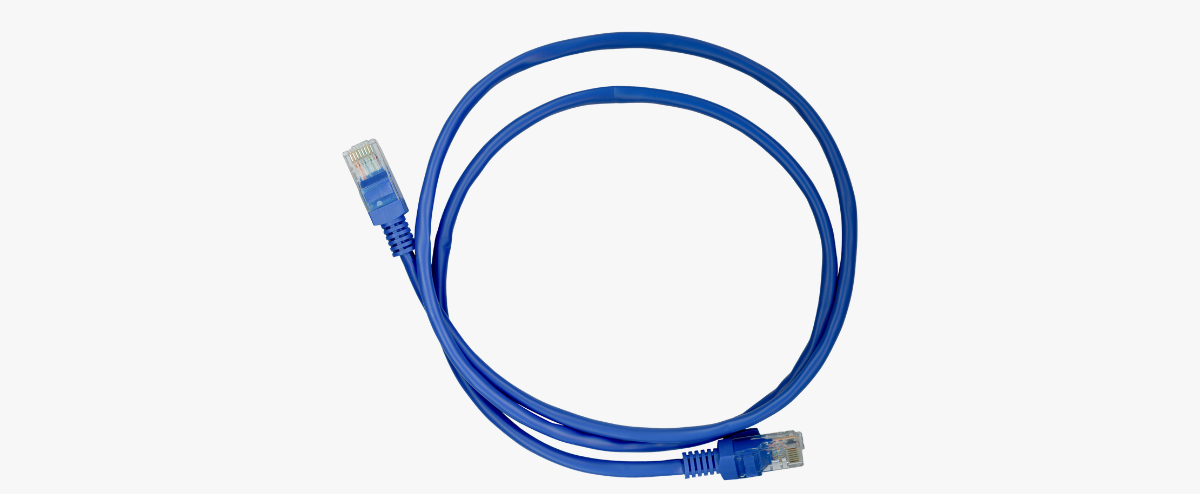
Common Ethernet Cable Categories
Ethernet cables are classified into categories (Cat) based on their performance, especially in terms of speed and bandwidth. Here are the most common ones:
1. Cat5e
Category 5 enhanced (Cat5e) is one of the most widely used Ethernet cables. It can support speeds of up to 1 Gbps (gigabit per second) and is suitable for most home and office networks. Cat5e is an improvement over the older Cat5 cable, offering better protection against interference.
- Speed: Up to 1 Gbps
- Distance: Can transmit data over a distance of up to 100 meters
- Use Case: Ideal for basic home internet and office setups.
If you’re running a standard home network, Cat5e is an affordable and reliable choice.
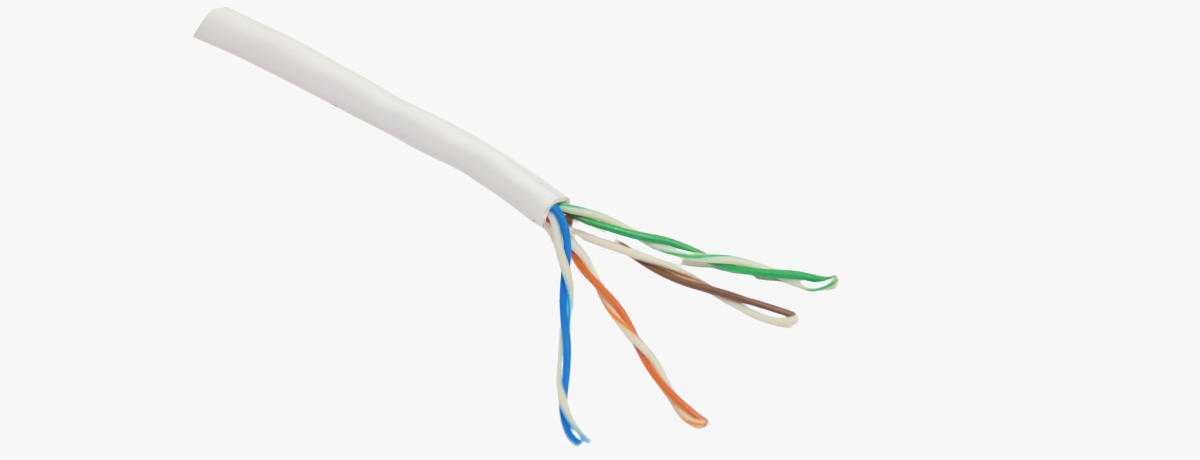
2. Cat6
The Cat6 cable is a step up from Cat5e, offering faster speeds and better performance. It supports speeds of up to 10 Gbps over shorter distances (up to 55 meters) and is designed to handle more demanding tasks, such as HD video streaming or online gaming.
- Speed: Up to 10 Gbps (for shorter distances)
- Distance: Best over distances of up to 55 meters
- Use Case: Great for high-speed internet, streaming, and gaming.
If you need faster internet speeds or want a more future-proof cable, Cat6 is a good choice.

3. Cat6ae
The Cat6a (augmented) cable is an upgraded version of Cat6. It supports 10 Gbps speeds over a longer distance (up to 100 meters) and provides better shielding to prevent signal interference. Cat6a is commonly used in more demanding business environments or data centers.
- Speed: Up to 10 Gbps
- Distance: Works up to 100 meters
- Use Case: Perfect for large businesses, data centers, and high-performance networks.
For businesses or homes that need to handle lots of data or multiple devices, Cat6a offers reliable performance.
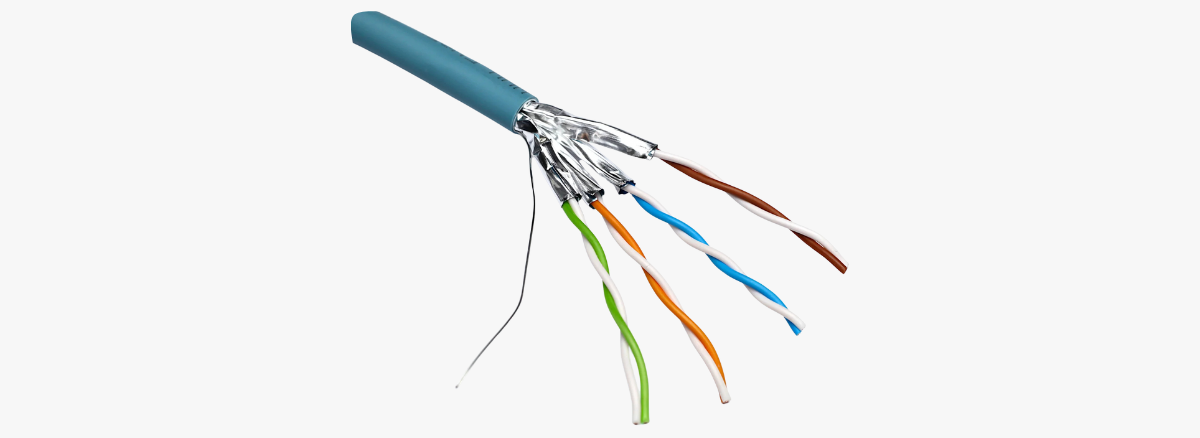
4. Cat7 Ethernet Cable
The Cat7 cable offers even better performance than Cat6a, supporting speeds of up to 10 Gbps over distances of up to 100 meters. It also provides even better shielding, which reduces interference and makes it ideal for environments with heavy electrical noise, such as factories or areas with lots of electronics.
- Speed: Up to 10 Gbps
- Distance: Works over distances up to 100 meters
- Use Case: Best for industrial or high-tech environments where signal interference is a concern.
However, Cat7 cables tend to be more expensive, and for most home users, Cat6a will be more than enough.

5. Cat8
The Cat8 cable is the latest and fastest networking cable available. It is designed for data centers and high-performance networks and supports speeds of up to 25 Gbps or even 40 Gbps. Although Cat8 cables offer extremely high speeds, they are generally not needed for everyday home use.
- Speed: Up to 25 Gbps or 40 Gbps
- Distance: Effective only over short distances (up to 30 meters)
- Use Case: Ideal for data centers or specialized high-speed environments.
If you are setting up a typical home network, you probably won’t need Cat8, but it’s perfect for advanced applications like server farms.

How to Choose the Best Ethernet Cable for Your Needs
When deciding which Ethernet cable to choose, consider these factors:
- Speed and Bandwidth Needs:
Determine how fast you need your internet connection to be. For most home users, Cat5e or Cat6 will be sufficient. However, if you’re running a business or have multiple devices connected to the network, consider Cat6a or Cat7 for better performance. - Distance:
The distance between your devices also plays a key role. If your devices are far apart (more than 50 meters), you might want to choose Cat6a or Cat7 for better performance over longer distances. - Future-Proofing:
If you’re setting up a new network and want to ensure it lasts for several years, choosing Cat6 or Cat6a will help you stay ahead of future speed and bandwidth needs. - Cost:
Generally, Cat5e cables are the cheapest, while Cat7 and Cat8 are more expensive. Weigh the benefits against your budget before making a decision.
Conclusion
Selecting the best Ethernet cable for your needs is essential for ensuring reliable, fast, and secure network performance. Whether you’re using it for basic browsing or streaming high-definition videos, there is a network cable that fits your needs. Cat5e is perfect for everyday use, while Cat6 or Cat6a is a better option for more demanding networks. If you’re setting up a business or data center, consider investing in Cat7 or Cat8 for top-tier performance.
By understanding the different Ethernet cable categories and their uses, you can make an informed decision that best suits your internet needs and future-proof your network setup.


